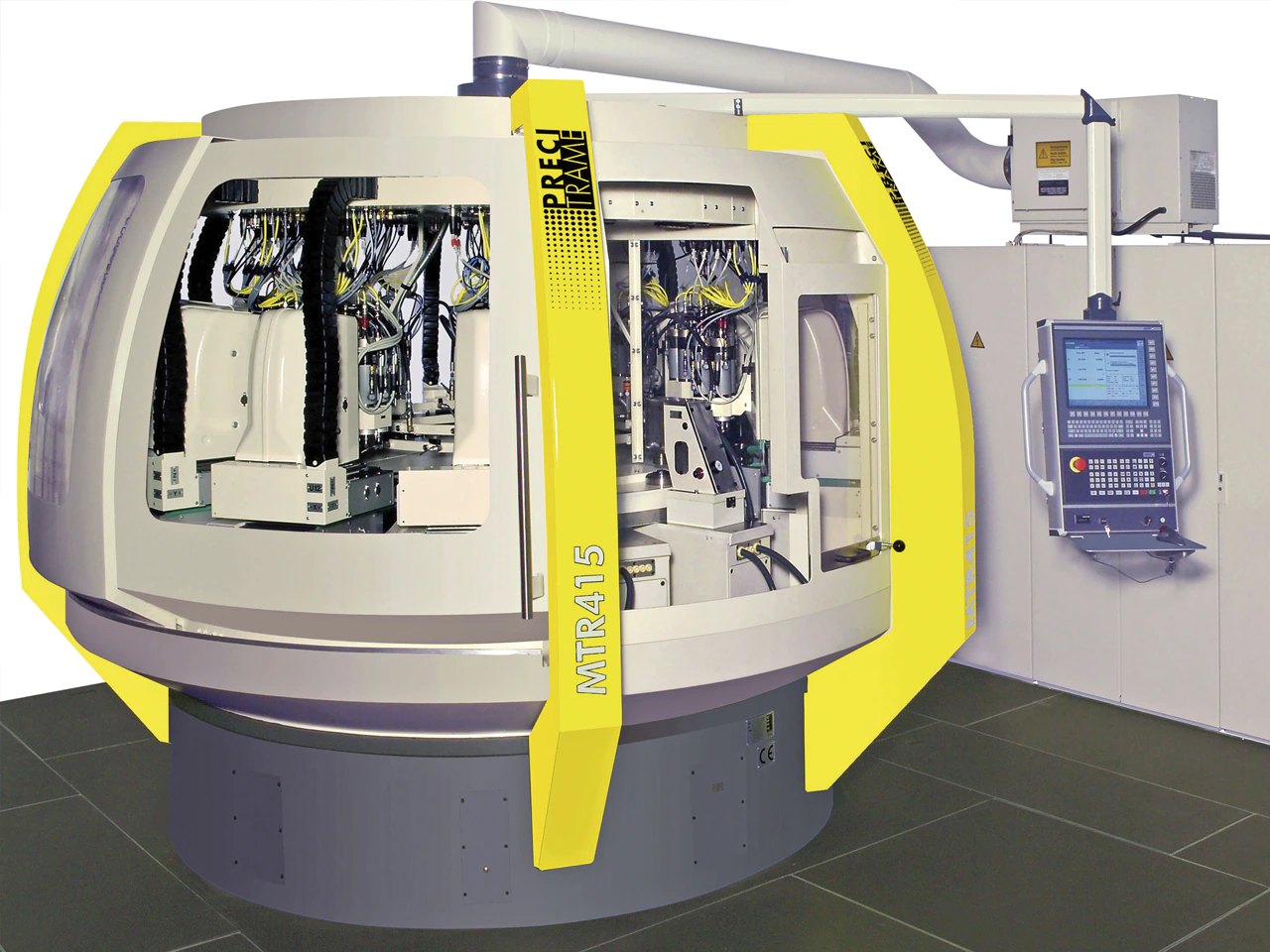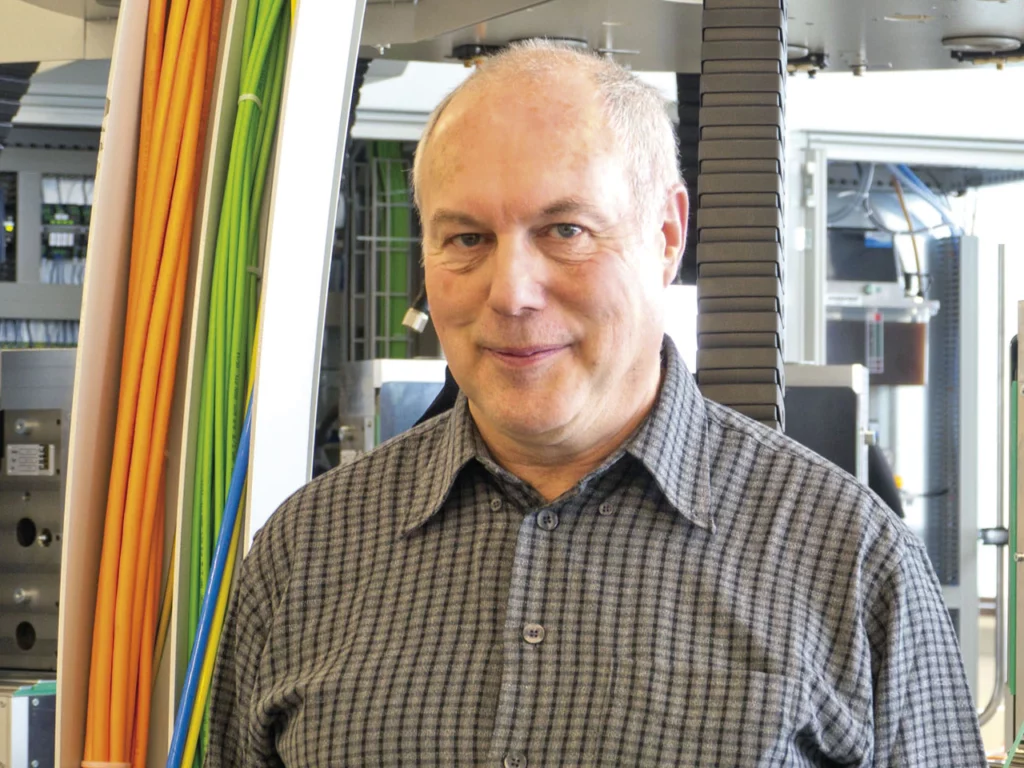Uncompromising precision in production with Precitrame
Striving for the highest precision is, so to speak, in the genes of Precitrame Machines SA. It all started with the production of blanks for watches. Today, the company sets the precision standards in CNC transfer technology worldwide.
Many successful companies are characterised by the fact that they are never satisfied with what they have achieved. In the case of Precitrame SA, which was originally active in the watchmaking industry, it was the means of production that left something to be desired faced with the constantly increasing precision demands of that industry. As the company was unable to find suitable milling centres on the market, it decided without further ado to enter the machine construction business itself. From 1987 onwards, it developed its own CNC transfer machines and offered them to the leading Swiss watch manufacturers.
Innovation milestones in CNC technology
At the Hannover Messe ten years later, the machine division, which by now was well established, presented a new transfer machine model based exclusively on CNC (Computerised Numerical Control) with a new type of palletising system. This innovation immediately attracted the attention of major companies in the automotive, telecommunications and medical industries, and from then on everything happened very quickly. The machine builders adapted their technology to the specific requirements of the new customer segments, and in 2001 the former machine division of Precitrame SA became the independent company Precitrame Machines SA. In the very year of its foundation, the company put forward a world premiere. At the EMO Hannover, it again surprised the market with a new generation of CNC machines.


The challenge of sensor technology in a critical environment
Today, the CNC rotary transfer machines from Tramelan have between 4 and 20 stations, depending on the configuration. An extendable clamping system transports the workpiece on its carrier to the machining station and back. For each of these modules, the control system has to detect whether the clamping system is correctly clamped and working properly, or whether the machining has been completed. Only when all of the workpiece carriers are free does the rotary table move one step further.
Sensors are required for the precise control of this process. But this proved to be a sticking point for the Precitrame designers. «Previously, we were working with proximity switches to limit the travel of the reciprocating tool slide,» says the head of the research department, Daniel Kunz. «We were starting with our DC motor until the sensor switched. The problem was that we couldn’t go very fast, because otherwise the slide would have collided with the stop.»
Impressive all-round solutions with Bachofen
The designers started the next attempt with a magnetic position sensor. But this proved to be inaccurate. In addition, the servo motor installed in close proximity interfered with the measurement and the measured values were not temperature-stable. Finally, they found the solution in the Li-Q17 linear position sensors from Turck. Daniel Kunz: «We were particularly impressed by the compact design, the simple teaching at the push of a button, the magnetic field resistance and the high temperature stability of these sensors.»
The head of design is also satisfied with the service provided by Bachofen. Bachofen supplies a version with an integrated M8 plug connector, specially developed for Precitrame in their own plant. Precitrame obtains the sensors in smaller quantities on demand from the Bachofen warehouse in nearby Biel. Larger series are available within a maximum of four weeks. If the design office needs technical support, it can count on Bachofen at any time. Both sides agree: problems are there to be solved together.